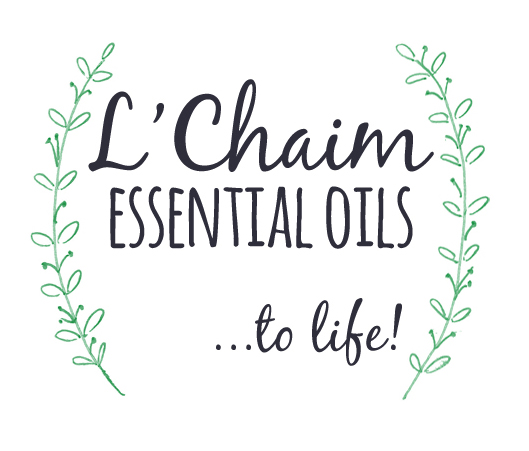How To Make Hydrosols (And Why You Should Use Them!)
- Sears Family

- Mar 21, 2021
- 3 min read

When a hydrosol (sometimes called a hydrolate) is distilled properly it is a more complete picture of the herb (or resin) profile than essential oils. Essential oils are powerful, mostly need diluted, should only be used internally when necessary and are very crucial for addressing many issues. Hydrolates are more gentle for every day use, safer for ingesting and most of them more appropriate for children in my opinion. When distilled with the purpose of maintaining the therapeutic value of the herb/resin, these essential waters contain a minute amount of essential oil suspended naturally "in solution" and the water soluble parts of the plant material. They have a shorter shelf life but are also priced a lot lower than most of their essential oil counter parts. (Example: Helichyrsum essential oil is nearly $150 for half an ounce but helichrysum hydrosol is $7 for an entire ounce! We certainly reserve our helichrysum essential oil for blends and critical emotional or physical moments. They hydrolate gets used almost every day here.)
USE HYDROSOLS BECAUSE: *They are effective.
*They are more gentle for every day use.
*Cost effective compared to their essential oil counterparts.
*Extremely versatile
*Smell good
*Support emotional and physical needs according to the hydrosol you choose.
*You get the water soluble parts of the herb/resin included with a perfect minute amount of essential oils "in solution".
Our top favorites are: Lavender Hydrosol
*Skin care, regenerative for damaged or fragile skin & acne *Calms sunburn, heat rash, sunstroke, bug bites, rashes and itching *Clean cuts and scrapes *Add to bathwater or spritz bed for facilitating calmness *Use to clean baby’s bottom, combine with chamomile for diaper rash, add to baby’s bath *Combine with geranium, clary sage or rose and use as a cold or hot compress for abdomen & back for cramps and PMS *Combine with peppermint or sage for hot flashes *Use in colonics to soothe an irritated bowel *Use undiluted as a compress on neck, shoulders and forehead for headaches, tension and stress.
*Blend with Helichrysum Hydrosol for postpartum perineum support or c-section scar support.
Frankincense Hydrosol
*Internally, diuretic and very drying. May be useful for drying up pus and discharge. *Beneficial in oral preparations- gargles, infections, of the mouth or gums *Skin toner, for face masks, wrinkle treatments. Pairs well with Helichrysum and Lavender Hydrolates for this purpose *Abscesses
Helichrysum Hydrosol
*Apply as a compress to bumps, old aches, bruises
*Spray onto bruises and bumps, let air dry
*Use as a sports spray after physical labor or workout
*Use with helichrysum essential oil for long term support of broken bones as they heal particularly when there is a lot of bruising and swelling
*Use postsurgical to speed the healing of incisions, reduce swelling, bruising and offer liver support after anesthetic
*Use as a mouthwash after dental work, for gingivitis or receding gums (50:50 with water) Pairs well with Frankincense hydrosol for this purpose.
*Scars, stretch marks, old scar tissue, keloids
*Emotional support especially following trauma. Pairs well with Lavender Hydrosol for this purpose.
*Blend with Lavender Hydrosol for postpartum perineum support or c-section scar support.
Choose hydrosols that are:
*Chemical free or organic- bonus if they are biodynamically farmed or wildcrafted
*Are not cohabitated
*Distilled with the purpose of maintaining the therapeutic properties
*Less than 1 year old
We currently work with distillers who carefully craft these amazing hydrosols.
(You can shop for them here: Hydrolates | lchaimoils (lchaimessentialoils.com)
Hydrosol Tutorial
It is not difficult to make a version of your own. You will need:
Large pot with lid
1 Large heat-safe bowl or a heat safe small plate
1 Smaller heat-safe bowl
Ice
Water
5 cups of fresh or dried plant material
Step 1: Place your large bowl or plate in the middle of your pot, upside down.
Step 2: Place the smaller bowl on top of the plate or large bowl right side up. This bowl collects the hydrosol.
Step 3: Place the plant material around the bowl on the bottom of the pan. Cover the plant material with quality water. Do not let it get higher than the large bowl.
Step 4: Place the large lid on top of the pot, upside down. (This creates a way for the condensation you are going to create to drip down the center of the lid and into your smaller lid!) Put ice on the top of the lid.
Step 5: Bring the water to a boil and then reduce to a simmer for approximately 30 minutes. Add ice as needed.
Step 6: Remove from heat. Cool completely. Remove lid and bottle into dark, amber glass. Label with the name of the plant and the date. It is ready to use! It may be stored in the fridge to extend the shelf life.
Some suggestions that you may enjoy trying: Pine needles
Usnea
Mint
Mullein
Basil
Comfrey
Rosemary
Rose petals
Yarrow
Bee Balm
Chamomile
Thyme
The options are endless!
Enjoy!
TO SHOP OUR HYDROLATES AND HYDROLATE BLENDS: Hydrolates | lchaimoils (lchaimessentialoils.com)
1. National Association for Holistic Aromatherapy. What are Hydrosols? https://naha.org/explore-aromatherapy/about-aromatherapy/what-are-hydrosols







Commenti